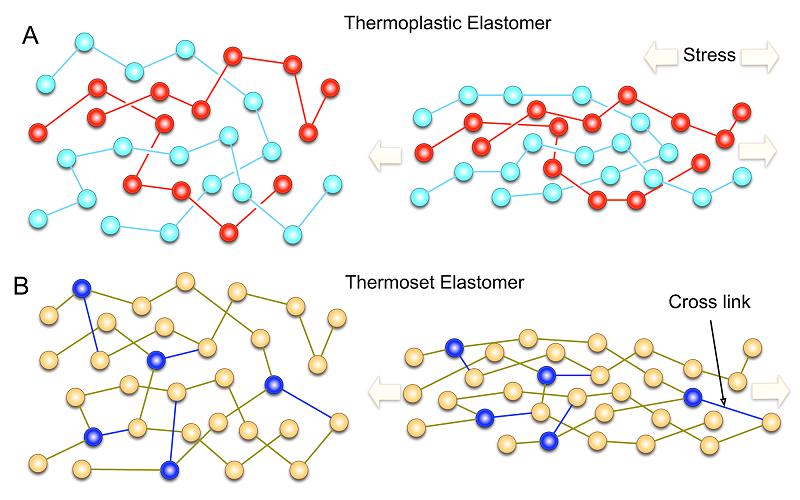Interviewer: Crystal
Speaker: Rachel
Crystal: What is plastic?
Rachel: Plastic has a high molecular weight. Thousands of carbon atoms are combined together to create plastic. The carbon atom could connect with other atoms such as hydrogen, oxygen, nitrogen, chlorine, or sulfur. There are three
main categories of plastic.
Crystal: What are them?
Rachel: First, plastic is a type of polymer.
Crystal: Alright, so what is a polymer?
Rachel: Let’s take a step back for a little bit. Hydrogen, oxygen, nitrogen, chlorine, and sulfur are called monomers. In Greek, “Mono” means one and “mer” means parts. Each element is a single part of the chain.
They make up a small portion of it. When each monomer are combined together, it creates a chemical bond, known as polymerization, the process of repeating monomers combined into one whole chain. The prefix “poly” means
many, so a polymer would mean many parts that makes up plastic. Polymer is a long chain of hydrogen, oxygen, nitrogen, chlorine, and sulfur. In addition, it has a three dimensional molecular structure.
Rachel: Second, plastic is thermoplastic.
Crystal: What is thermoplastic?
Rachel: When you heat up plastic, you could form it a certain way. When you cool down the plastic, after melting it, you are able to maintain that shape, until you decide to melt it again. This
wouldn’t change its physical and chemical properties. In addition, you could reuse and recycle this kind of plastic. 92% of our plastic can be remelted.
Rachel: Lastly, plastic is thermoset.
Crystal: What is a thermoset?
Rachel: Even though combining monomers can create polymers, however, polymers, in general,can’t break down back into monomers. To make it easier to understand,
combing is like the forward process. On the other hand, you can’t reverse the process. In addition, in thermoset, this type of plastic can not be recycled.
Crystal: How many years does plastic take to decompose?
Rachel: It takes up to 1000 years to decompose. Plastic bags, for example, could take about 10 to 1000 years. However, plastic waters could take up to 450 years to decompose.
Crystal: Why can't plastic biodegrade?
Rachel: Most plastics are polyethylene terephthalate (known as PET for short) so, it becomes indestructible. Plastic doesn’t decompose the same way as living things. Anything living
goes through the process of biodegradation. Once it decays, it becomes a bacteria that could be useful for other things that need that source. However, that doesn’t happen for plastic. In order for it to break down, the plastic would go
through the process of photodegradation.
Crystal: what is photodegradation?
Rachel: Photodegradation is a kind of decomposition that requires light; it is usually oxidation and hydrolysis. Photodegradation is not really
likely to use because it would decompose objects like plastic. When sunlight reflects the light on the plastic, it breaks down the polymer. The big piece of plastic would break down into plenty of small pieces of it.
Crystal: Is there a solution to lessen the amount of place?
Rachel: today, two solutions that help to decompose the plastic are plant-based hydro-biodegradable plastic and petroleum-based oxo-biodegradable plastic.
Crystal: what is plant-based hydro-biodegradable plastic? What is petroleum-based oxo-biodegradable plastic?
Rachel: Plant-based hydro-biodegradable plastic petroleum-based made from plant sources. Oxo-biodegradable plastic
are made from fossil fuel and some sort of metal.



